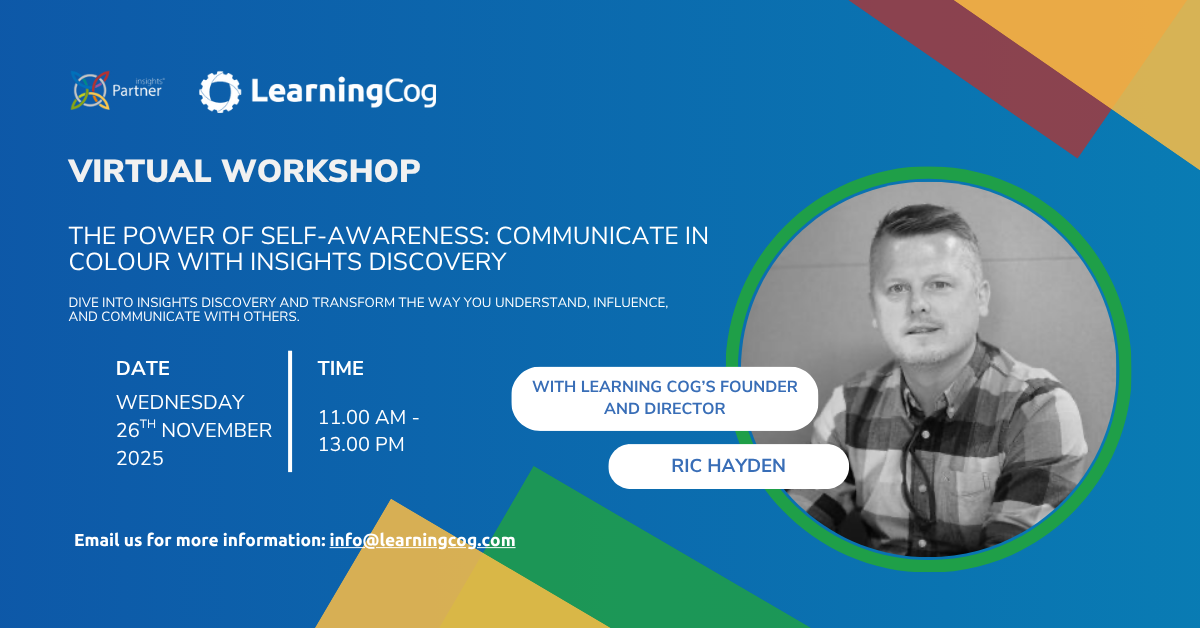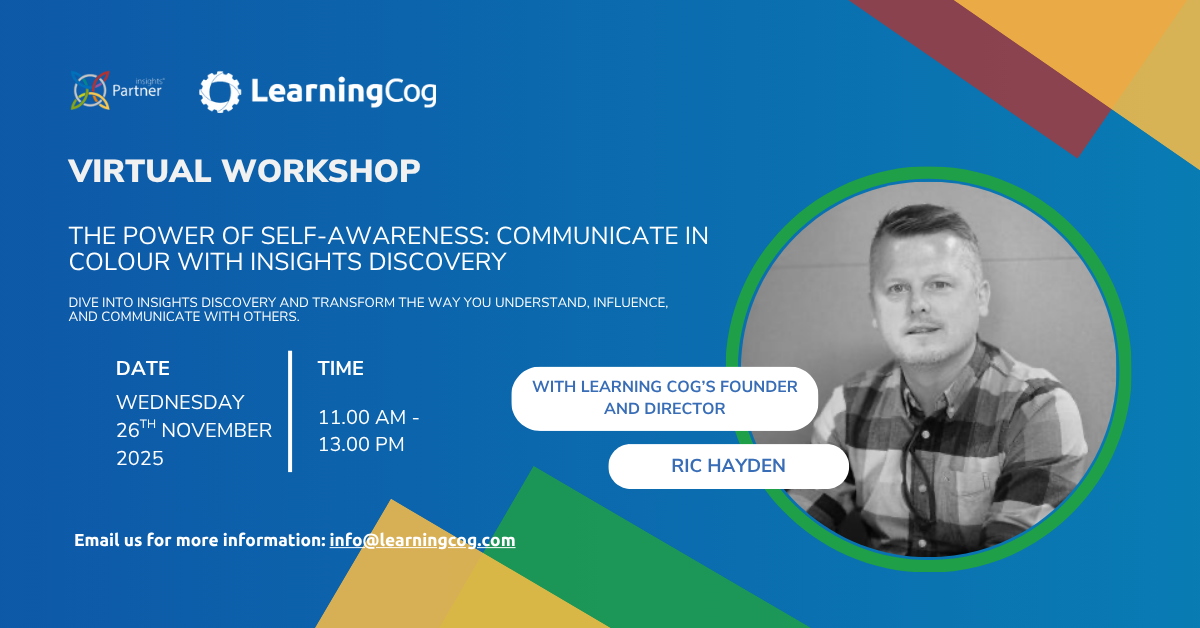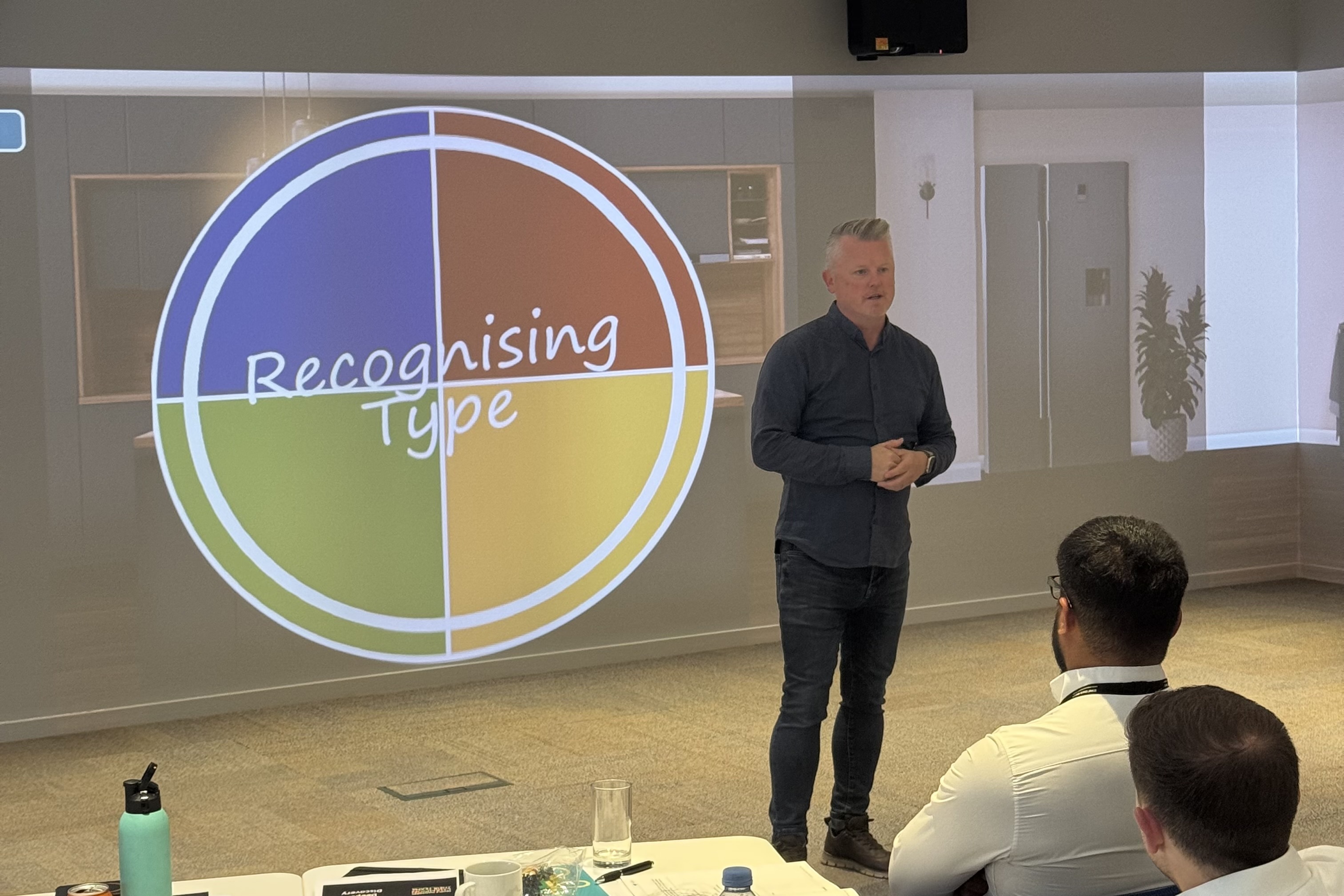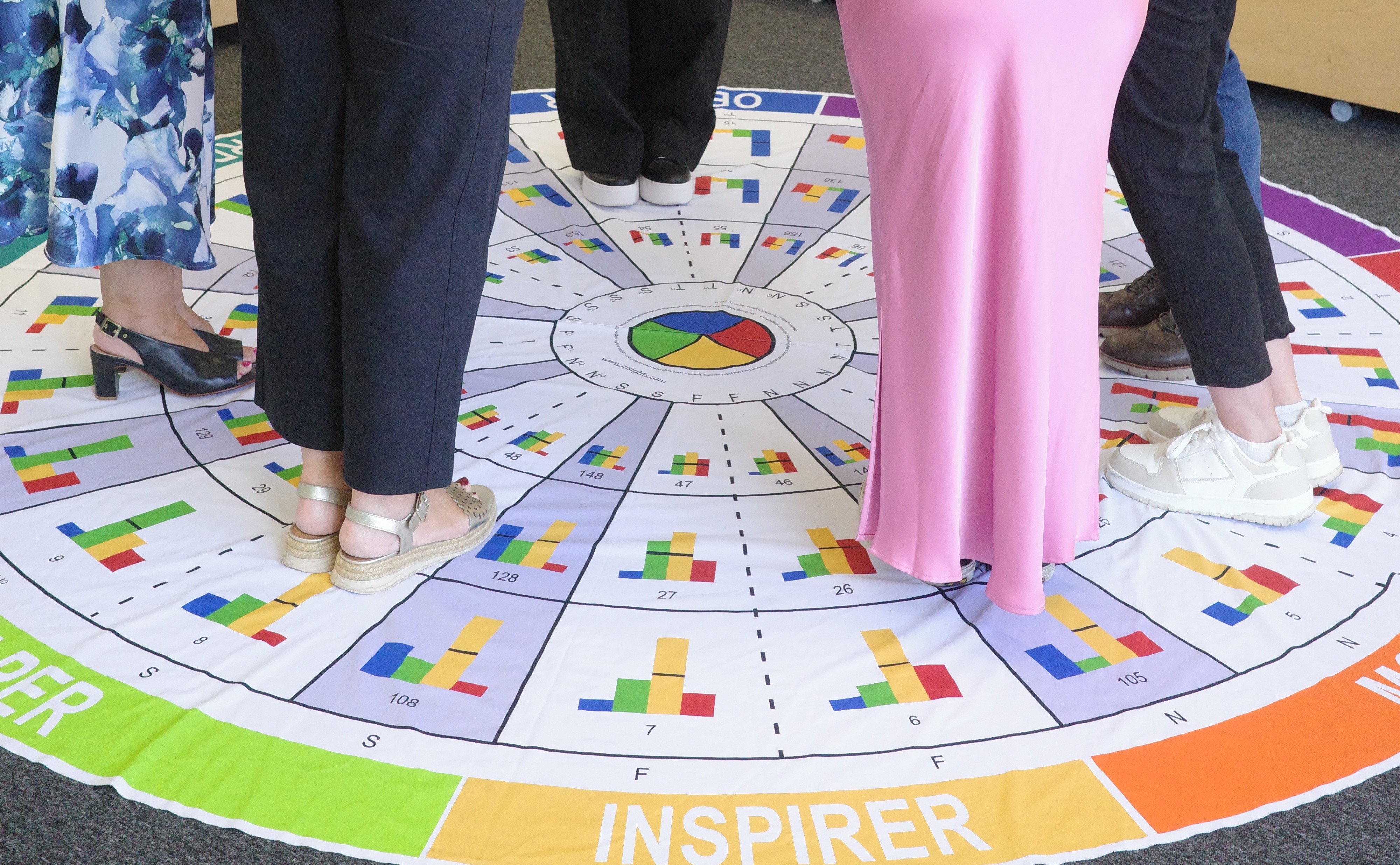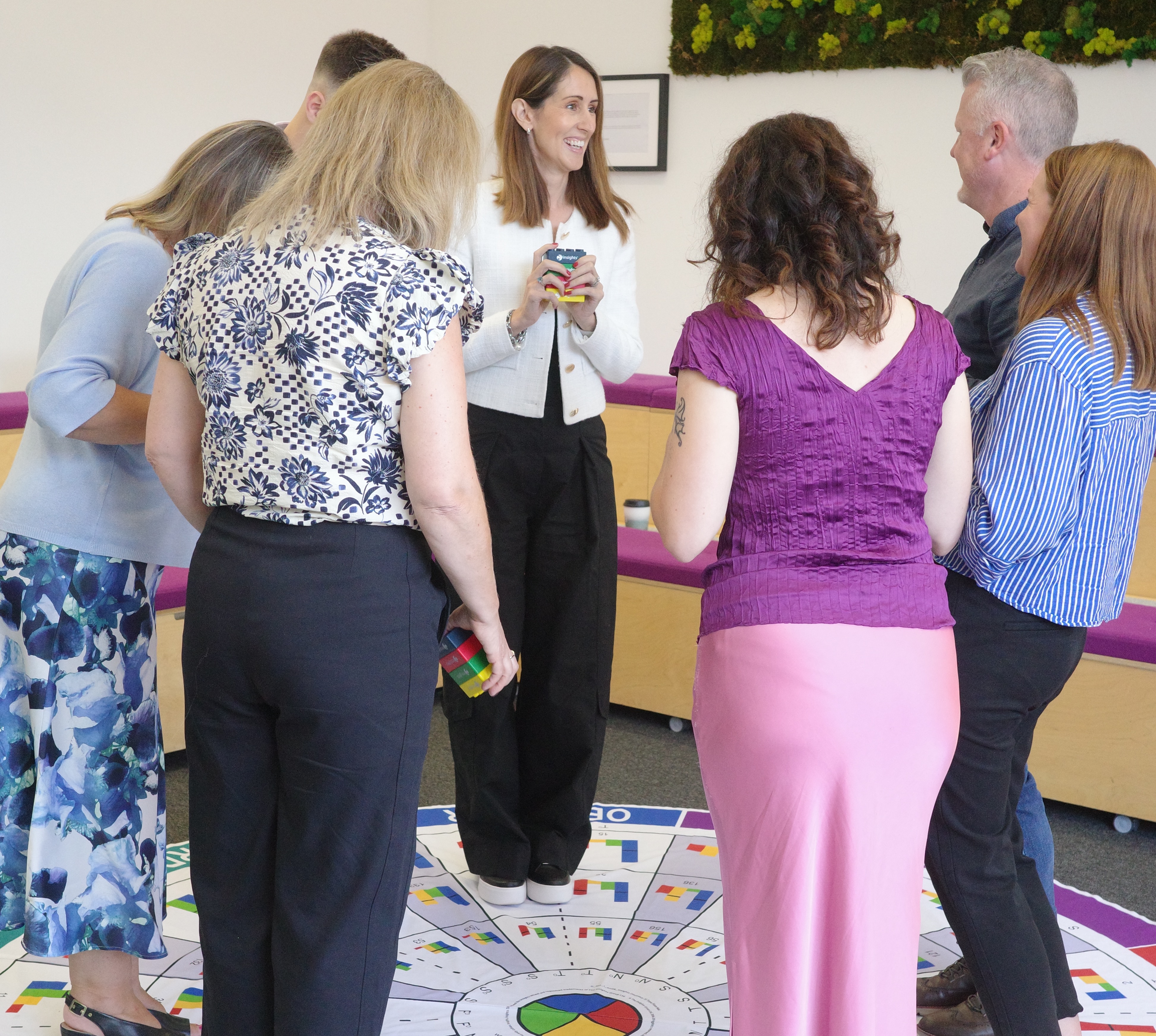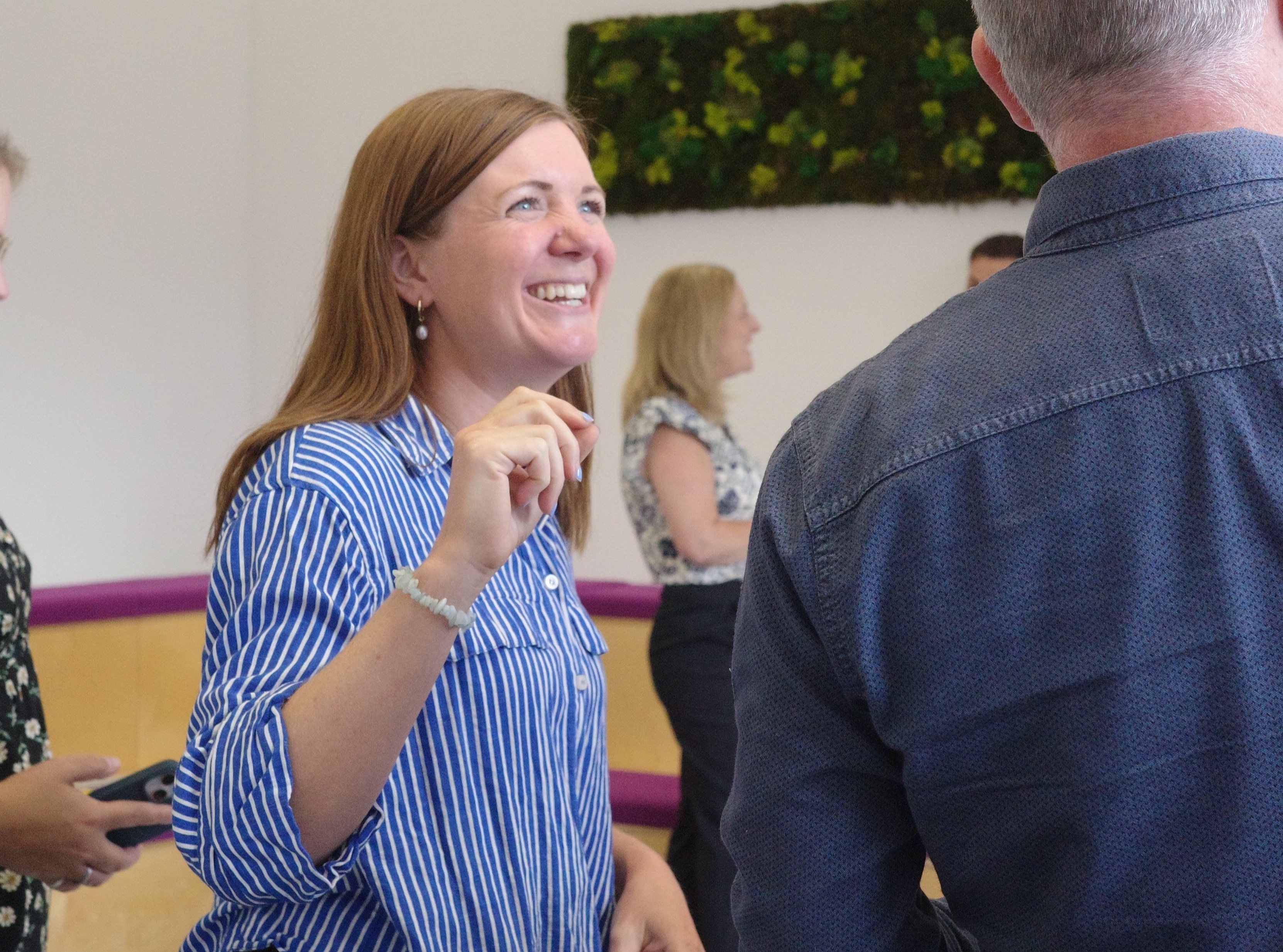October 23rd, 2025
Mastering Difficult Conversations: The STAR Feedback Model Explained
Challenging conversations are part of working life, whether you’re giving feedback, resolving conflict, or communicating tough decisions. The difference between a productive conversation and a damaging one often comes down to preparation. One simple but powerful planning tool is the STAR feedback model, which helps leaders communicate with clarity and fairness, even in high-stakes situations.
Why Preparation Sets the Tone
Going into a difficult conversation without structure can lead to vague points, emotional reactions, or defensive responses. Taking a few minutes to plan your message helps you stay focused and calm, while giving the other person a clear understanding of the issue and what successful change looks like.
Introducing the STAR Model
The STAR feedback model helps frame feedback in a neutral, behaviour-based way:
• Situation – What happened and when
• Task – What was required or expected
• Action – What the person did or said
• Result – What happened as a consequence
This approach keeps the discussion rooted in what you observed, not what you assumed, ensuring the focus stays constructive and professional.
Preparing with STAR
-
Capture the Key Points
Take a moment to outline the Situation, Task, Action and Result. This creates a logical structure that makes it easier to communicate your message confidently and calmly. -
Stick to What You Observed
Using the model sounds like:
“In last week’s client presentation (Situation), you were asked to present our proposal (Task). I noticed you went off-script and didn’t use the agreed slides (Action), which led to the client asking for a follow-up session for clarity (Result).”
Clear, factual statements help reduce defensiveness and encourage a solution-focused response. -
Make Space for Their Perspective
Plan a question to invite their viewpoint, such as:
“How do you feel the meeting went?”
This signals openness and helps balance the conversation. -
Practise Your Delivery
Walking through the message out loud beforehand helps ensure your tone is calm, respectful and direct—especially useful if the topic feels sensitive.
What Makes STAR So Effective
• Expectations and examples become clear, not implied
• Individuals feel treated fairly because feedback is based on observations, not assumptions
• It becomes easier to identify specific behaviour changes and next steps
Take the Next Step
If you’d like to strengthen your ability to navigate difficult conversations with greater confidence and self-awareness, join our upcoming virtual workshop on communicating through challenge. You’ll learn practical techniques and proven tools for building trust, clarity and better outcomes in the conversations that matter most.
Secure your place today and start your journey to clearer, more empathetic communication:
The Power of Self-Awareness: Communicate in Colour with Insights Discovery - Book Your Spot
By
Ellie Blakeley
|
November 21st, 2025
|
Categories:
Organisational Happiness,
Emotional Self Awareness,
Organisational Culture,
Problem Solving,
Organisational Performance,
Perception,
Leadership
|
Comments Off
Related Posts
October 17th, 2025
October 10th, 2025
September 30th, 2025
September 22nd, 2025
September 12th, 2025
September 5th, 2025
August 29th, 2025
August 22nd, 2025
August 5th, 2025



